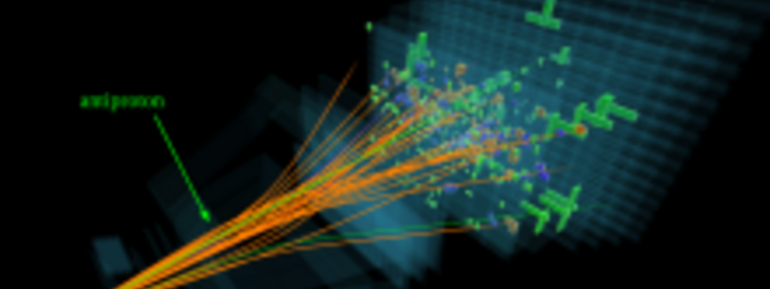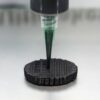For decades, satellites have helped meteorologists forecast weather, offer cable, television, and radio providers a way to relay signals to their customers, and provide scientists with a tool to gather data for various types of research. Enormous, high-cost, stationary antennas have long been the instrument used to capture these signals, but now, as low orbit satellites become more abundant, researchers at Carnegie Mellon University are finding ways to harness satellite frequencies using small, low-cost, mobile devices.
Transmission signals from satellites hundreds of miles into space are very weak, making it imperative that receivers have sufficient power and a clear enough line of sight to capture them effectively. To put this into perspective, Carnegie Mellon Electrical and Computer Engineering Associate Professor, Swarun Kumar, compares it to a cell phone trying to receive communication from towers at distances 10 to 100 times further than what’s currently in place.
In order to create cheap, compact, portable receivers, Kumar and his colleagues began looking for ways to boost these signals.
“Imagine you take a massive antenna and shrink it. The signal you receive becomes much weaker and noisier, making it difficult to capture anything useful,” says Kumar. “However, using many satellites, we’ve found a way to reinforce those signals, stitching them together to improve the data we receive.”
“Think about your smartphone’s camera in low light or night mode; it takes a lot of pictures, then puts them together to make a brighter, sharper image.”
Using that same idea, Kumar and his fellow researchers developed a novel handheld antenna device, dubbed the “SelfieStick,” along with back-end software and algorithms to combine a number of very weak transmission signals into something more substantial.
To demonstrate the capabilities of this new method, the group is capturing satellite images of planet Earth. While the data from one satellite produces a noisy and unimpressive result, stitching ten or more photos together creates an image comparable to that of a bulky, expensive weather antenna.
“Under the hood, there is a lot of machine learning and signal processing going on to line the images up correctly,” says Kumar. “The images aren’t canceling one another out, but rather improving each other by eliminating the noise.”
While Kumar admits that clunky stationary receivers are still the quickest way to receive crystal clear satellite signals and images, he says using several smaller receivers can provide a similar result. These more cost-effective receivers also allow operators to use them in various locations, providing a different type of utility.
“One thing that inspired us to pursue this research is the lack of accessibility to infrastructure on the ground. There is a lot of commodification and reusability of the satellite infrastructure, but antennas and receivers are heavily monopolized by whoever owns and runs them.”
“More than anything else, the cost of large receivers is bottlenecked by finding someone to install these extensive setups. We envision the ability to place and use these small receivers anywhere, rather than finding a single location to build a bulky, expensive structure.”
While the earth imaging aspect of Kumar’s research is a proof of concept of sorts, he believes this method could lead to a better way of harnessing internet and television satellite signals without having large dish receivers installed on the roof of homes. He believes the method could also result in a better way to transmit cellular signals.
In May 2022, Kumar and his colleagues presented their work at the International Conference on Information Processing in Sensor Networks, taking home the award for best paper. This marks the third year in a row the group has won the award, their fourth time in the past five years.
More information:
Conference: ipsn.acm.org/2022/
Paper: swarunkumar.com/papers/selfiestick-ipsn2022.pdf
Provided by
Carnegie Mellon University Electrical and Computer Engineering
Citation:
Researchers discover novel, cost-effective way to harness satellite signals (2022, July 1)



